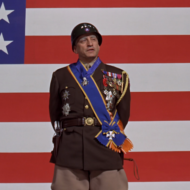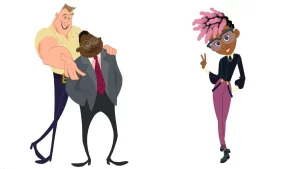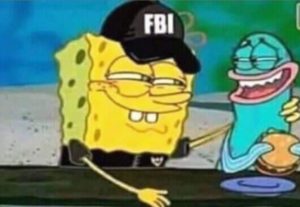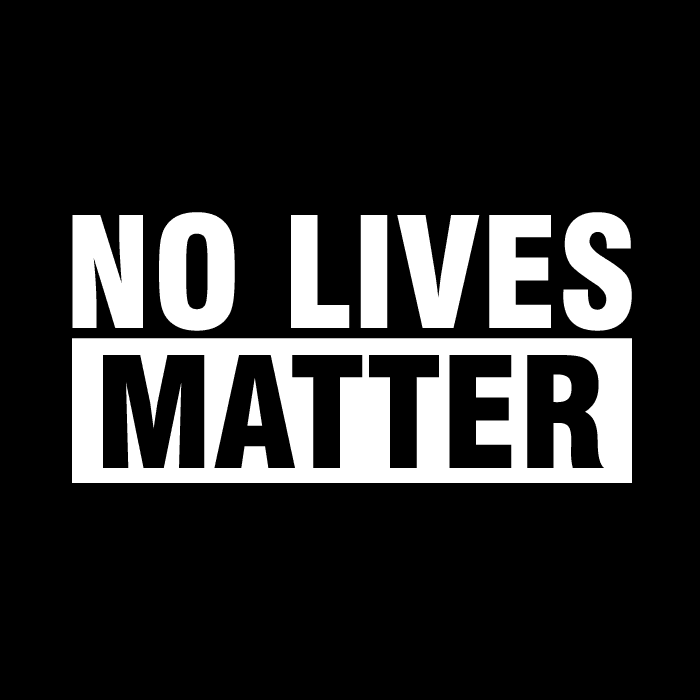
History is a grinding force showing you that no lives matter, and you unfortunately don’t have the right to grow old, you have the privilege.
At some point, you’re gonna get stricken down. The hope is it isn’t young, because of random illness, in vain, for the wrong cause, or at the hands of another. It’s the best we can all hope for – a full and fulfilled life.
And at no point in history has that been guaranteed – no matter your wealth, status, background, or continent of origin. History is as much a story of the living as it is a story of where people died, how, and for the inquisitive, why.
So now before us we face yet another crossroads – the manner of death? The police.
According to an exhaustive study of death records, it’s estimated that roughly 731 people die annually at the hands of police every year. That works out to two people per day.
Now let’s compare that to the 2.81 million Americans who meet their maker each year, and we see police violence as a cause of death far exceeded.
Let’s take 2017, one of the most recent years where we have full data.
In fact, you’re far more likely to die from medical complications (4459 deaths) but of course – no one is marching on hospitals demanding doctors stop killing patients.
So let’s get back to that figure – 616 Americans died in 2017 at the hands of police.
That figure is coded under the rather ghoulish euphemism of “legal interventions” which, inexplicably, includes death by cop as well as death from war. 11 American soldiers died in various seemingly-unending wars in 2017, so let’s say 605 Americans died at the hands of police in 2017.
An interesting complication arises here, because that figure also includes the crudely-termed “suicide by cop” – or as the Washington Post says, “a person in mental crisis, sometimes armed with a knife or other weapon, badgers a street cop to fire at them”.
According to the Washington Post, who overestimates the numbers of people killed by cops per year beyond CDC data to 1000, that’s roughly 100 people per year. So let’s say 10%, and bring our 605 number down to 545 non-suicidal Americans who were killed by police in 2017.
The Washington Post also collects individual data – demographic data – for deaths at the hand of police.
According to their filters, 0.18% of the deaths at the hands of police were unarmed Black Americans who weren’t mentally ill – so we can subtract “suicide by cop” data. The Washington Post counted that as 18 people – per the CDC data that’s closer to 10 people – but let’s stick with the higher number to be more comfortable.

So who are these 18 individuals?
Keita O’Neil, an unarmed 42-year-old black man, was shot on Dec. 1, 2017, on a street in San Francisco, Calif.
Male / Black / 30 to 44 / No/unknown mental illness / Unarmed / Body cam recording / Fleeing by car
Lawrence Hawkins, an unarmed 56-year-old black man, was shot on Nov. 18, 2017, in Prichard, Ala.
Male / Black / 45 and up / No/unknown mental illness / Unarmed / No body cam recording / Fleeing by car
Calvin Toney, an unarmed 24-year-old black man, was shot on Nov. 13, 2017, in an apartment building in Baton Rouge, La.
Male / Black / 18 to 29 / No/unknown mental illness / Unarmed / Body cam recording / Fleeing by foot
Dewboy Lister, an unarmed 55-year-old black man, was shot on Oct. 19, 2017, in Corpus Christi, Tex.
Male / Black / 45 and up / No/unknown mental illness / Unarmed / Body cam recording / Fleeing by foot
Anthony Antonio Ford, an unarmed 27-year-old black man, was shot on Aug. 30, 2017, in Miami, Fla.
Male / Black / 18 to 29 / No/unknown mental illness / Unarmed / No body cam recording / Fleeing by foot
Charles David Robinson, an unarmed 47-year-old black man, was shot on Aug. 25, 2017, in Woodville, Ga.
Male / Black / 45 and up / No/unknown mental illness / Unarmed / No body cam recording / Fleeing by foot
Isaiah Tucker, an unarmed 28-year-old black man, was shot on July 31, 2017, in Oshkosh, Wis.
Male / Black / 18 to 29 / No/unknown mental illness / Unarmed / Body cam recording / Fleeing by car
Dejuan Guillory, an unarmed 27-year-old black man, was shot on July 6, 2017, in Mamou, La.
Male / Black / 18 to 29 / No/unknown mental illness / Unarmed / No body cam recording / Not fleeing
Aaron Bailey, an unarmed 45-year-old black man, was shot on June 29, 2017, in a vehicle in Indianapolis, Ind.
Male / Black / 45 and up / No/unknown mental illness / Unarmed / No body cam recording / Fleeing by car
David Jones, an unarmed 30-year-old black man, was shocked with a stun gun and shot on June 8, 2017, in Philadelphia, Pa.
Male / Black / 30 to 44 / No/unknown mental illness / Unarmed / No body cam recording / Fleeing by foot
Marc Brandon Davis, an unarmed 34-year-old black man, was shot on June 2, 2017, in Petal, Miss.
Male / Black / 30 to 44 / No/unknown mental illness / Unarmed / No body cam recording / Not fleeing
Ricco Devante Holden, an unarmed 24-year-old black man, was shot on May 21, 2017, in Converse, La.
Male / Black / 18 to 29 / No/unknown mental illness / Unarmed / No body cam recording / Not fleeing
Jordan Edwards, an unarmed 15-year-old black male, was shot on April 29, 2017, in Balch Springs, Tex.
Male / Black / Under 18 / No/unknown mental illness / Unarmed / Body cam recording / Not fleeing
Alteria Woods, an unarmed 21-year-old black woman, was shot on March 19, 2017, in a house in Gifford, Fla.
Female / Black / 18 to 29 / No/unknown mental illness / Unarmed / No body cam recording / Not fleeing
Raynard Burton, an unarmed 19-year-old black man, was shot on Feb. 13, 2017, in a yard in Detroit, Mich.
Male / Black / 18 to 29 / No/unknown mental illness / Unarmed / No body cam recording / Fleeing
Chad Robertson, an unarmed 25-year-old black man, was shot on Feb. 8, 2017, in Chicago, Ill.
Male / Black / 18 to 29 / No/unknown mental illness / Unarmed / No body cam recording / Fleeing by foot
Darrion Barnhill, an unarmed 23-year-old black man, was shocked with a stun gun and shot on Jan. 10, 2017, in Reagan, Tenn.
Male / Black / 18 to 29 / No/unknown mental illness / Unarmed / No body cam recording / Not fleeing
JR Williams, an unarmed 38-year-old black man, was shot on Jan. 9, 2017, in Phoenix, Ariz.
Male / Black / 30 to 44 / No/unknown mental illness / Unarmed / Body cam recording / Fleeing by foot
When we look at these cases, we see that of these 18 Black Americans, 5 Black men and 1 Black woman were killed by police when they were unarmed, not mentally ill, and not fleeing.
So let’s go through those cases, because we’re past the statistics – these are real people.
Dejuan Guillory
“According to Brown’s statement to police, during the argument following the question of legal identification, Guillory punched the deputy. The punch caused the deputy to become dazed and possibly lose consciousness. The deputy then drew his gun and ordered Guillory to get on his stomach. While attempting to handcuff Guillory, Brown says she approached the deputy from behind, choked him and bit him. The deputy then shot Guillory and Brown let go of the deputy.”
Marc Brandon Davis
“The shooting happened after Davis was involved in a vehicle wreck. Mississippi Bureau of Investigation spokesman Warren Strain said then that an altercation took place between the white officer and a black man from one of the vehicles and the officer shot him.”
Ricco Devante Holden
“State Police, who are investigating the shooting, have provided few details of what led to Holden’s death but said he was shot after gaining access to Police Chief Keith Manshack’s patrol unit. Manshack had responded to a disturbance call at the corner of DeSoto and Armour streets about 2 a.m. Sunday and encountered Holden in the street.
Holden did not comply with Manshack’s commands and was tased several times, authorities said. Holden still managed to get inside of the patrol car, where the police chief had other guns stored, authorities said.
Part of the altercation between the two was captured on the patrol unit’s dash camera.”
Jordan Edwards
“Oliver was convicted of murder Tuesday by the same jury for the killing of high school freshman Jordan Edwards, 15. He fired into a car full of teens on April 29 last year, saying he believed it was moving aggressively toward his partner.”
Alteria Woods
“A Grand Jury exonerated the deputies who fired their weapons during an early morning raid that ended in the death of Alteria Woods.
The Grand Jury also charged Woods’ boyfriend, Andrew Coffee IV, with her death. Woods died March 19, 2017, when Indian River County Sheriff’s deputies executed a search warrant at a home on the 4500 block of 35th Avenue in Gifford. In March, Sheriff Deryl Loar Andrew Coffee IV, a target of the raid, used Woods as a human shield as he provoked deputies who had no choice but to shoot.
At the time, Sheriff Loar said Woods was an innocent person, caught in the crossfire, as his deputies fired back at Coffee IV who was shooting at deputies from a bedroom window.”
Darrion Barnhill
“Multiple people said Barnhill wasn’t acting normally. Eventually deputies showed up. Deputies recognized him as having warrants out for his arrest.
“He had two outstanding warrants for failure to appear, he had one outstanding warrant for aggravated assault and I’m told there was an order of protection against his girlfriend he had yet to be served for,” said DeVine.
“He just went to fighting, told them he wasn’t going to jail,” said Seagraves.
Seagraves said things escalated.
“He fought with them. They tasered him, the taser didn’t help, then they shot him. The taser didn’t do him no good because he pulled the wires out and just kept coming,” explained Seagraves.”
Out of the above instances, we see one individual who punched an officer, one who fought with officers and pulled out the taser, one who got into the patrol car after being tased, and one who had an unknown altercation with an officer.
That leaves two instances where, beyond a shadow of a doubt, an unarmed Black individual, not fleeing, and not in a crisis, was killed by police.
In one of those instances, Alteria Woods was used as a human shield by the suspect while the suspect was firing at officers, and that suspect was charged with her death.
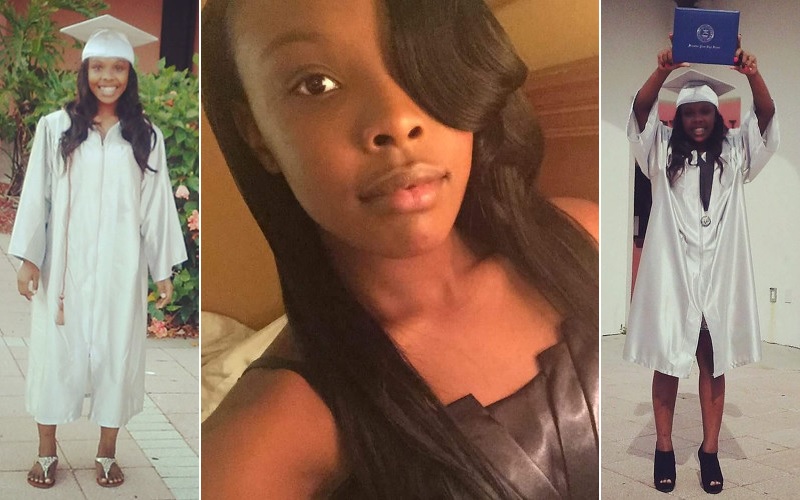
In the other instance, Jordan Edwards was the passenger in a car that was fired into by officers. Despite initially claiming the vehicle was driving towards him, the officer was later convicted of murder by a jury and sentenced to prison.
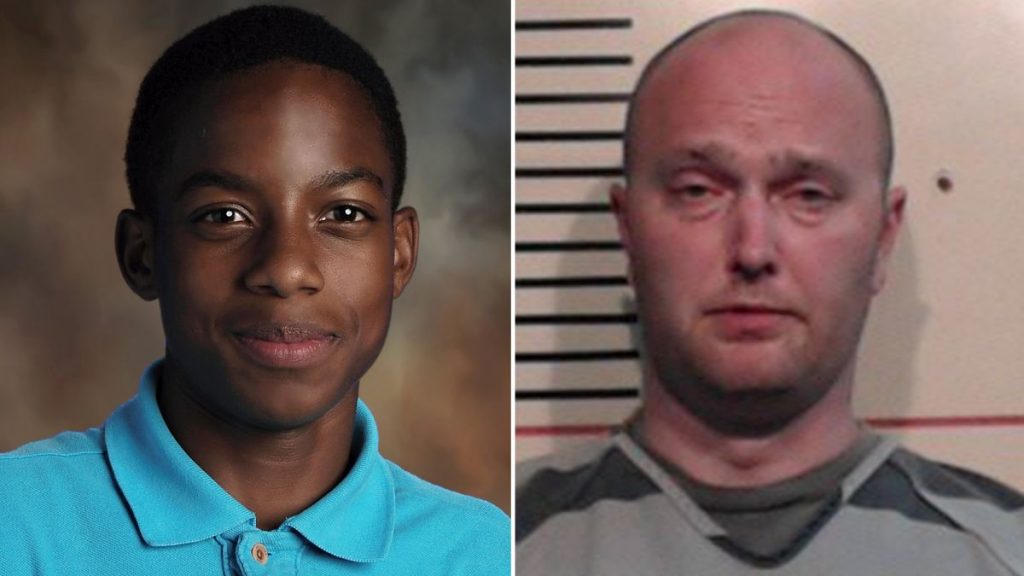
So what does all this show?
The gruesome death of George Floyd was not normal, much like the gruesome deaths of two other Black men by police: Eric Garner and Philando Castile.
Philando Castile was shot and killed by Hispanic officer Jeronimo Yanez after informing him he had a gun in the car but was not reaching for it. Yanez was later acquitted of all charges by a jury which was initially 10-2, but according to the jury spokesman, the two Black jurors were in favor of officer acquittal. Yanez was later dismissed from the police force. The Castile family received a $3 million settlement from the city of St. Anthony Village.

Eric Garner died from “compression of his chest and prone positioning during physical restraint by police” with “asthma, heart disease, and obesity” as “contributing factors”.
Like George Floyd, Garner was being accused of a minimal crime (Floyd for passing a bad $20, Garner for selling individual cigarettes – which is…illegal somehow?). The officer who put him in an “I can’t breathe” chokehold after Garner argued over an ostensibly-silly arrest (again – selling single cigarettes, this wasn’t Al Capone) was Daniel Pantaleo. Controversially, Pantaleo was not charged by a Staten Island grand jury and the Department of Justice with the reason given: “We couldn’t establish that the officer had the clarity of mind necessary to prove willfulness, as the law allows.” The family later won a $5.9 million settlement from New York City.
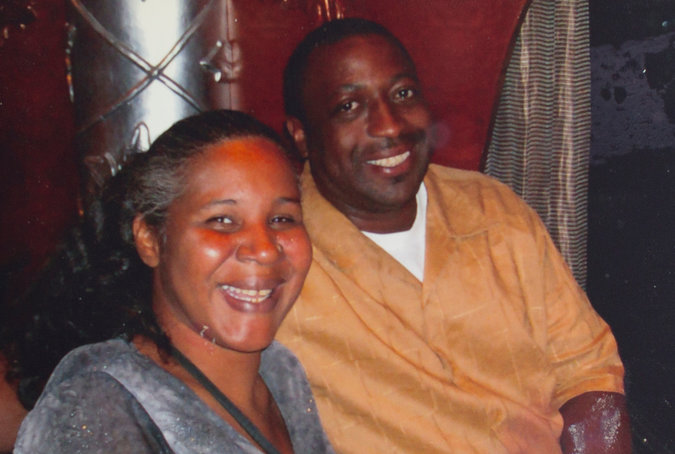
Any death at the hands of police is a tragedy. And if the person is unarmed and otherwise peaceful, it’s a crime.
What it isn’t is common. In fact, in 2017, an unarmed Black man was as likely to get struck and killed by lightning as by police.
The inescapable part of life is that black lives matter as little as white lives do.
You could get struck by lightning on the beach.
You could get randomly killed by police.
And in the end, your chances of both are the same.
You’re far more likely to accidentally drown, more likely to die of HIV, more likely to overdose, more likely to commit suicide, more likely to die from cancer, more likely to die from diabetes, most likely to die from heart disease in that order.
Some of those are genetic, some are self-inflicted. One can be mitigated, one can be avoided.
But in the end, all death is random.
In the end, no lives matter.
And that isn’t a condemnation. That should be freeing.
To this planet – no one matters equally. So make your life matter.
Support your community.
Improve where you live.
Demand accountability.
Generate wealth.
There’s so much in this world you can do that isn’t destructive to your health and others.
In the end: no lives matter.
So what are you waiting for?
